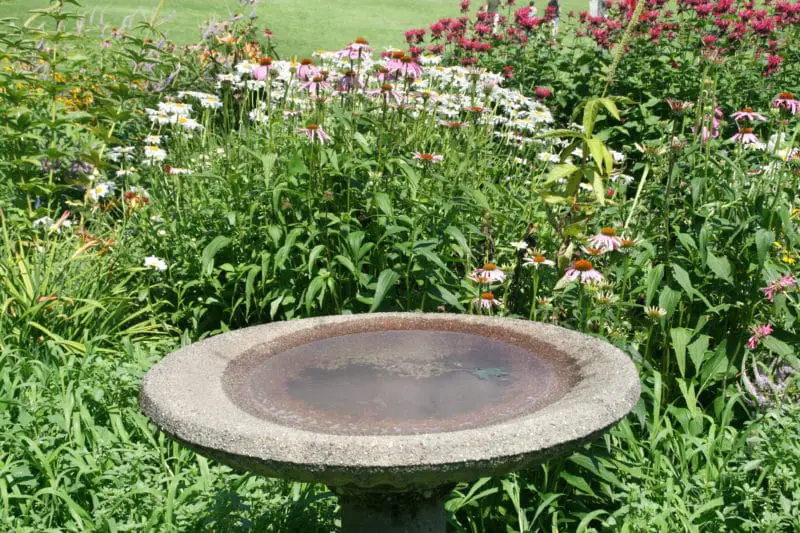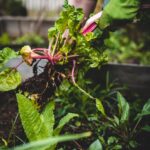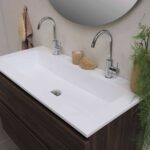Do you have an extra birdbath around your property or somewhere in your home? Birdbaths are indestructible; therefore, you can save one and find it a perfect use. Maybe you don’t have the birdbath around your property, but you’re thinking of crafting one to keep enticing the migrating flocks. Read through this article to know about the plants that you can grow in the shallow birdbath to have it at its optimal usage.
There are numerous ideas that you can include on top of the bird’s bathing try. For example, you can grow foliage plants, flowers or other short plants depending on the range and level of the birdbath. If you want to plant flowers on a birdbath, it’s not a must that you have the already used birdbath, you can use even the new one, and it will still work effectively.
When deciding on the specific plant for the shallow birdbath, check on whether you want to attract birds or you intend to meet ornamental elegance for your home’s landscape.
If you opt to use the birdbath for plants that do well indoors, consider adding a waterproof liner to prevent water from seeping through the concrete wall, causing weakening and even sadly, the building can collapse.
Table of Contents
Plants for the Shallow Birth Bath
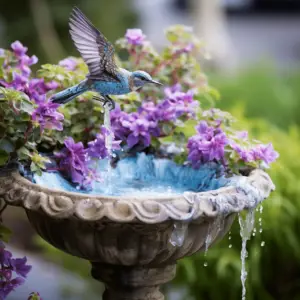
There are many plants that you can grow inside the shallow birdbath. Succulents are the ideal options because they send shallow roots that can be accommodated by the birdbath, which is not deep.
Here are the favourite plants that you can use to give a new life to your birdbath as a planter:
Succulents
Succulents include the accent plants like Limelight sedum, stonecrop sedum, hens-and-chicks and the blue spruce sedum. They are majorly referred to the plants with fleshy parts, and they can store a significant amount of moisture to withstand periods of drought.
Succulent plants blossom after between 10 and 15 years. According to statistics, some people believe that Echeverias is the most attractive succulent. Therefore, if you want to give your garden the beauty it deserves, you should consider planting it. Echeverias will always make your home a beautiful place to dwell in since it’s a roseate succulent that tolerates drought. Grow it as either an outdoor or a houseplant.
Aloe plants are other succulents that you can plant on the shallow birdbath. In the US, aloe can only be grown in Texas, Florida and California. You will notice the hummingbirds stopping by the birdbath to sip nectar from the aloe flowers.
Succulents are diversified plants, and they can be used differently through your home’s landscape. They are easy to grow, and they require minimal maintenance. Cultivate succulents in your birdbath to enjoy also a little desert-like appeal in the backyard.
Ground Covers
A birdbath planter can create an impressive green ground cover over your home. Some of the ground cover plants you can grow on birdbaths include the pink cranesbill, Scotch moss, and golden club moss.
Ground cover plants are essential to help prevent erosion within your home, retain the moisture for the other tall plants, and provide the habitat for pollinators like butterflies and bees.
In an ecosystem, any ground cover forms an herbaceous layer. They are important because they help the homeowners conceal the bare earth that is primarily the source of dirt.
Ground cover plants in your home are aesthetically pleasing, especially when they cover the birdbath as a whole. Sometimes, the ground cover plants can spread through lateral growth to form the roof garden in your home.
If you want the coloured green mat to cover your shed in the backyard, you need to maintain and direct the ground cover plants to the direction that they can sustain themselves and aim up the building.
Conifers
Conifers are the excellent shades most common in the woodland areas. You can opt to plant the dwarf conifers like Norway spruce, creeping juniper, hinoki false cypress and arborvitae, among others, on the shallow birdbath.
Conifers use small space gardening, and they work best when you want easy backyard landscaping. They grow on the shallow birdbath to still serve as the bird’s shelter. Conifers are maintenance-free, and they give your home a nice colour all year-round.
If you’ve decided to go for Conifer to fill the shallow birdbath, remember that they are available in different varieties. Please choose the options that grow faster at approximately ten years; they are sizeable pants to make your garden wholly natural.
What You Need To Plant in A Shallow Birdbath
- Old or new birdbath
- Bagged potting mix
- Plant (Succulents, ground cover or conifers)
- Small stones, pine bark nuggets or gravel
How to Prepare and Maintain a Shallow Birdbath Planter
A garden planter can be fashioned out of any birdbath. Many bird baths are too deep for birds to bathe safely and are better used as flower planters or fairy gardens. Shallow bird baths are also the best.
When building a birdbath planter, you should consider the location for sunlight, rain, wind, plant choices, and growing conditions, just as you would with any other plant containers.
Follow these tips for an effective birdbath planter:
Provide Drainage
It’s a bonus if you’ve got in-built drainage for your birdbath, maybe because it’s already a fractured basin. If not, consider getting a container with drainage holes that fit in the birdbath bowl.
Line the birdbath bowl with stones and place the planting pot on top to keep the plant roots from becoming damp.
Depending on the birdbath material, it may be possible to drill drainage holes directly in the birdbath bowl. However, be cautious because some will crack under strain.
Choose the Right Plants
Most common annuals, such as petunias, sweet potato vine, impatiens and vinca, will thrive in a shallow bird bathing area for a season if you keep up with the watering and never let them dry up.
Look for annuals that may be grown in small containers. These have short roots and only last a growing season. In addition, choose plants that have similar light, soil, and water requirements if you’re grouping them.
During the summer, shallow birdbath planters are also a fantastic area to grow and propagate succulents and cacti (for those in a cold climate). Herbs and vegetables with short roots, such as leafy salad greens, can also be grown.
Use Container Potting Mix
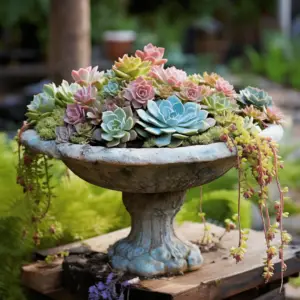
Select a potting mix appropriate for the plants you are growing, such as an excellent container mix for flowering annuals or a cactus mix for succulents.
Provide Adequate Sun
Place your birdbath in a location that allows the plants to get enough sun. If you can’t keep up with watering on hot days, provide more shade to slow evaporation.
Water as Needed
Water your birdbath planter regularly (not too much, not too little). Check the bowl regularly for extra water to avoid water-logging the plant roots if your birdbath does not have proper drainage.
